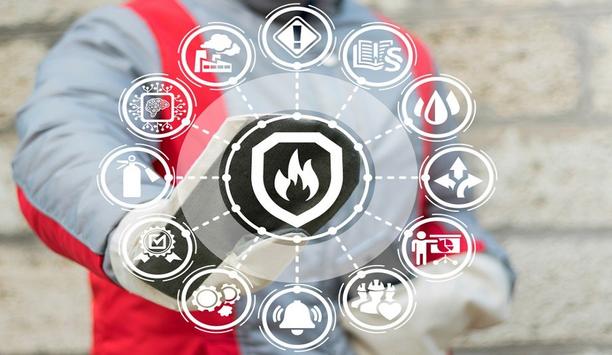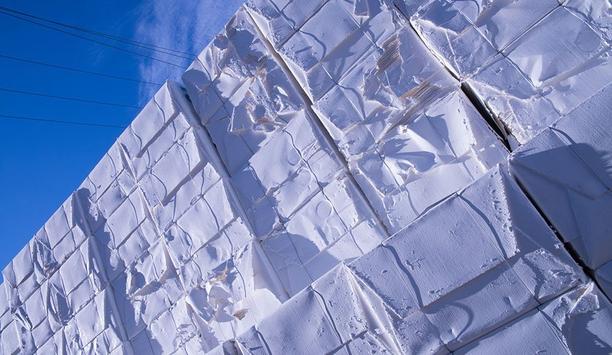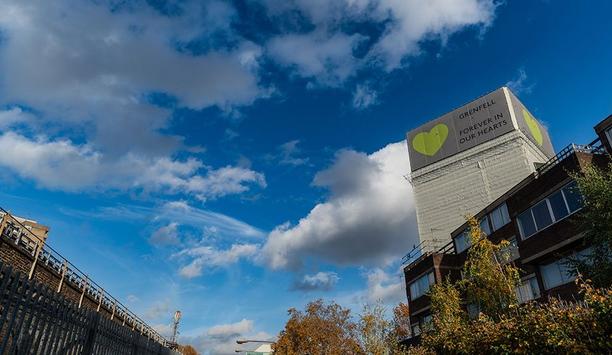Waste management sites are particularly vulnerable to fires, with hundreds reported every year, just in the UK.
The materials stored in a waste heap make them particularly risky environments. ‘Hot spot’ fires, as they’re called, can be caused by chemical waste, flammable items, or the heat caused by the natural breakdown of organic materials.
A blaze can start quickly and without warning, building into a major issue that can threaten lives and livelihoods. And not only that - but in many cases, insurers now require sites to be putting additional updated fire prevention measures in place, in order to validate their existing policies.
All this makes it more important than ever to have effective prevention and detection measures on-site, with the ability to extinguish fires swiftly should they develop.
Preventing poor prevention
Early detection is vital for preventing the dire consequences of a fire. The traditional approaches - manual inspection, gas detection, or basic thermal monitoring - all come with major limitations.
Thermal camera prevention software can instantly detect when temperatures are outside of the normal range They all take time and, to be honest, they’re all pretty unreliable. Waste piles can often be many meters deep. When you smell the smoke or see the flames, it’s too late. The damage has already been done and by that stage, you’re long past prevention.
Real prevention needs to start earlier, and deeper below the surface. It is said that necessity is the mother of all invention - and out of this need to keep sites safe comes high-resolution fire prevention thermal imaging.
Thermal Cameras
Thermal cameras from manufacturers such as FLIR, can constantly monitor temperatures across a site. They are highly sensitive to temperature, being accurate to within half a degree centigrade, and programmed to detect heat signatures deep below the surface.
This type of prevention software can instantly detect when temperatures are outside of the normal range. A flame will develop at 122 degrees centigrade. If you can catch an elevated temperature and lower it before it reaches that stage, you can stop the fire before it even begins.
Oscillating Water Cannons
Should the temperature in any area rise enough to become a fire risk – typically 60 degrees centigrade or above – thermal imaging cameras can trigger an alert, informing the operator. It can be combined with location monitoring software for fast identification of possible ‘hot spots’, and even connected to automated, oscillating water cannons which can locate and extinguish hot spots in seconds.
The system will then activate a pair of automated, oscillating water cannons, spraying the affected area to reduce the temperature or extinguish the fire.
Distinguish before you extinguish
False alarms are a risk with thermal systems. The last thing you want is a sprinkler system going off because a camera detected the heat from a vehicle exhaust. The latest systems can be programmed to distinguish between acceptable heat signatures, such as vehicles, and genuine potential fire risks.
On-site fire prevention can now be safer, more reliable, and more efficient, with fewer false alarms Solutions like this have been developed recently by UK machine vision integrator Bytronic, fire prevention imaging supplier Thermascan, and Swedish firm Termisk Systemteknik, using FLIR technology to create a reliable and automated solution to keep sites safe, with rapid detection at a temperature level.
In one site, the water cannons were programmed to adjust water pressure and reach based on the location of the hot spot, before automatically deactivating once the temperature has cooled sufficiently. Meanwhile, the thermal cameras – which can detect fires even through thick smoke – monitor the progress of a fire beyond what’s visible with the naked eye.
The future of fire prevention?
For sites used to manual inspection and sprinkler systems, this technology could be a step-change. The old ways may have been partially effective, but were more likely to be overly sensitive and not targeted to the affected areas, taking more time and potentially causing water damage and pollution elsewhere.
With newer automated, thermal imaging solutions, on-site fire prevention can now be safer, more reliable, and more efficient, with fewer false alarms. When hot spots occur, they can be swiftly extinguished with pinpoint accuracy, limiting water waste, property damage, and environmental pollution.
It can mean the difference between a successful insurance payment or a significant financial hit, should the worst happen. But with the proper prevention, that worst situation may never occur.


















